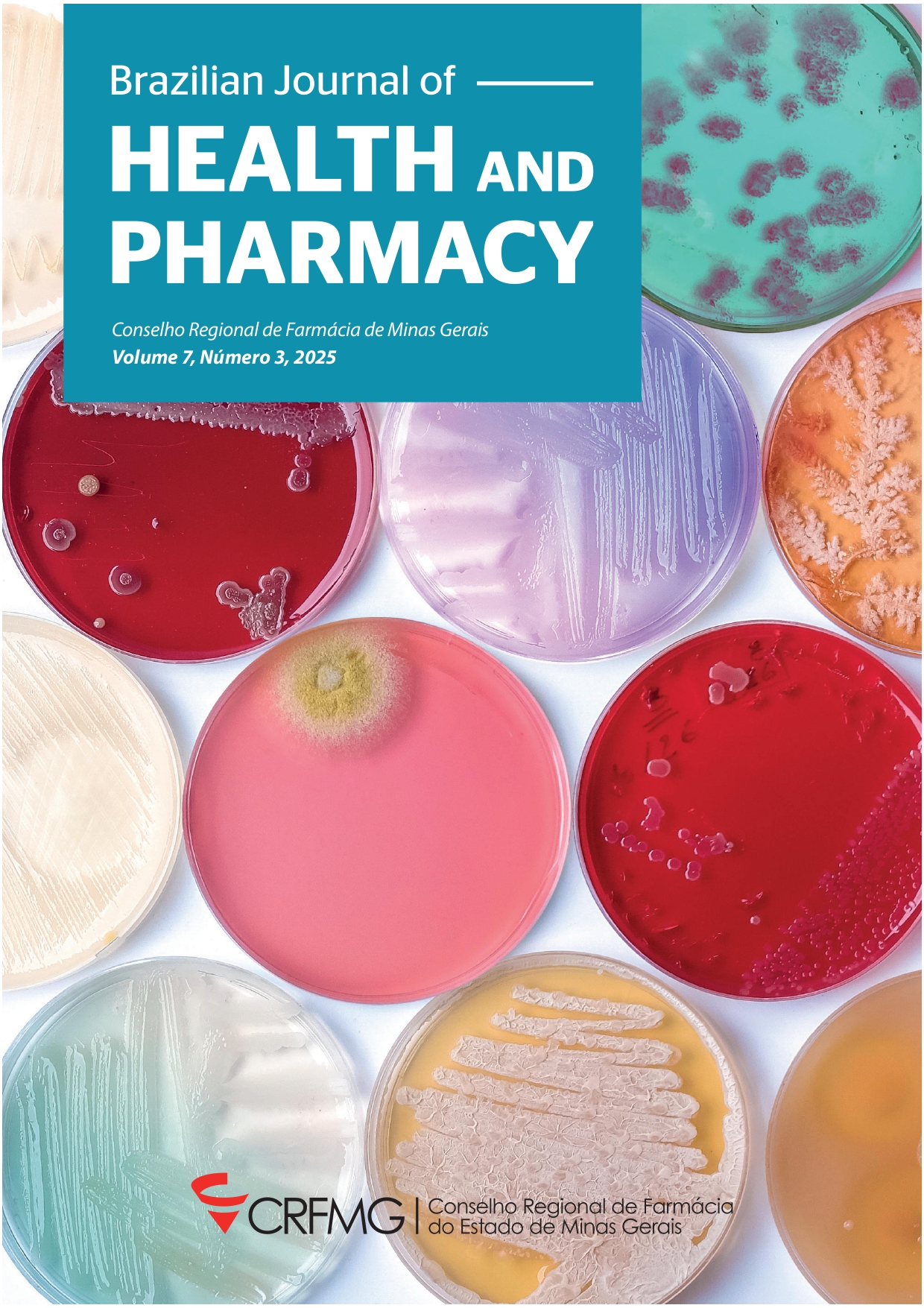Abstract
Olanzapine (OLZ) is a second-generation antipsychotic drug indicated for the treatment of schizophrenia and bipolar disorder and belongs to class II of the Biopharmaceutical Classification System. The low aqueous solubility of OLZ, associated with its intricate polymorphic nature and sensitivity to certain environmental conditions such as heat and humidity, may affect bioavailability. Therefore, the objective of this study was to assess the influence of the physicochemical characteristics (particle size distribution, flow, wettability, solubility and dissolution profile) of three different raw material OLZ samples from distinct active pharmaceutical ingredient (API) manufacturers to determine their possible impacts on formulation and processability. Based on preformulation results, a direct compression formulation was proposed for the production of 10 mg olanzapine-coated tablets. The formulations were evaluated for compliance with the tests provided in official compendia, including flowability, disintegration, weight variation, friability, breaking force and assay, along with evaluating the similarity of their in vitro dissolution profiles to those of the reference drug product available on the national market. Notably, formulations manipulated using the API from three different manufacturers presented satisfactory results, corroborating the findings from the solubility and dissolution studies of the raw materials. The results demonstrated the equivalence of the tested formulations compared with the reference medicine in dissolution medium at pH values within the physiological range. Therefore, for olanzapine, the physicochemical properties of the drug substance, proposed formulation and manufacturing process play a determining role in the product’s performance with respect to pharmaceutical equivalence assessment.


